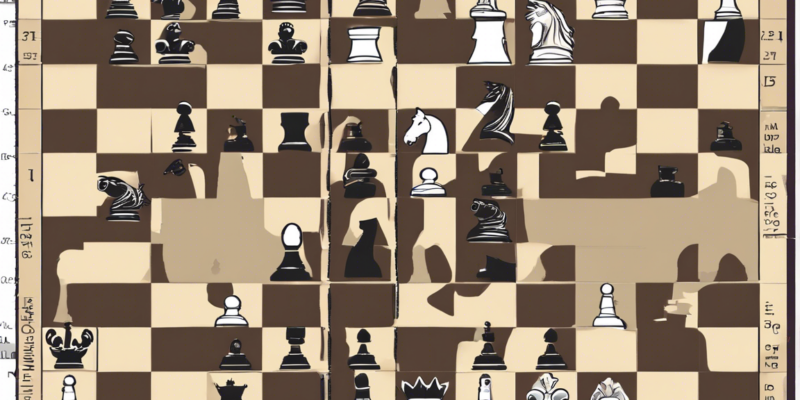When it comes to mastering the game of chess, understanding and effectively utilizing openings is of paramount importance. Chess openings are the initial moves made by players at the start of the game, laying the foundation for the middle game and ultimately influencing the outcome of the match. A strong grasp of openings can provide you with a solid start, setting you up for success as you navigate through various strategic and tactical challenges on the board.
In this comprehensive guide, we will delve into the world of chess openings, exploring the importance of openings, discussing some popular opening strategies, and providing tips on how to improve your opening repertoire. Whether you are a novice looking to enhance your understanding of openings or a seasoned player aiming to sharpen your skills, this article aims to equip you with the knowledge and tools needed to excel in the opening phase of the game.
Why are Openings Important in Chess?
Chess openings play a crucial role in setting the tone for the rest of the game. They help establish a strong position, develop pieces efficiently, control key squares on the board, and prepare for the middlegame and endgame stages. By familiarizing yourself with common opening principles and strategies, you can improve your board vision, enhance your decision-making skills, and increase your chances of securing a favorable outcome.
Popular Chess Openings
There are countless chess openings that have been developed and analyzed over the centuries. While it is impossible to cover all of them in this guide, we will highlight a few popular openings that you may encounter in your games:
- The Sicilian Defense: A sharp and dynamic opening for black that begins with the moves 1. e4 c5. The Sicilian Defense leads to complex positions with opportunities for both sides.
- The Spanish (Ruy Lopez) Opening: A classical opening that starts with 1. e4 e5 2. Nf3 Nc6 3. Bb5. The Ruy Lopez aims to control the center and develop the bishop to a strong position.
- The Queen’s Gambit: An opening that arises after 1. d4 d5 2. c4. In the Queen’s Gambit, white offers a pawn to gain center control and open up lines for their pieces.
Tips to Improve Your Opening Play
Here are some strategies and tips to help you enhance your opening play and build a solid foundation for success in your chess games:
- Study Opening Principles: Understand the basic principles of openings, such as controlling the center, developing your pieces, and castle-king to ensure your king’s safety.
- Learn Key Ideas, not Memorization: While memorizing specific opening moves can be helpful, focus on understanding the underlying ideas and concepts behind each opening to make informed decisions during the game.
- Practice Regularly: Experiment with different openings and variations to expand your repertoire and improve your comfort level with various positions.
- Analyze Your Games: Review your games, especially the opening phase, to identify any mistakes or inaccuracies. Use these insights to refine your opening strategies and address any weaknesses.
- Seek Guidance: Consult chess books, online resources, and experienced players to deepen your knowledge of openings and receive valuable feedback on your play.
Frequently Asked Questions (FAQs)
- What are the main goals of chess openings?
-
The main goals of chess openings are to control the center, develop pieces, ensure king safety through castling, and prepare for the middlegame.
-
Is it necessary to memorize opening moves in chess?
-
While knowing common opening moves can be beneficial, understanding opening principles and concepts is more important than rote memorization.
-
How do I choose the right opening for my playing style?
-
Experiment with different openings to see which ones align with your strategic preferences and playing style. Consider consulting with a chess coach for personalized recommendations.
-
Should I focus on learning one opening or multiple openings?
-
It is advantageous to have a diverse repertoire of openings to keep your opponents guessing. However, starting with one or two openings and gradually expanding your repertoire is a common approach.
-
What are some resources for studying chess openings?
- Chess books, online tutorials, chess databases, and interactive chess platforms are valuable resources for studying and practicing chess openings.
In conclusion, mastering chess openings is a key component of becoming a proficient player. By investing time and effort in studying openings, practicing regularly, and seeking guidance from experienced players, you can enhance your understanding of chess strategies, improve your opening play, and elevate your overall performance on the board. Embrace the challenges and complexities of openings, and let them guide you towards becoming a more skilled and strategic chess player.

